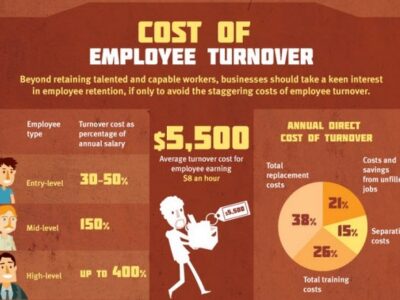Vocal Nonverbal Communication for Remote Teams, Pt. 3: How Diction Improves Interpersonal Communication Skills
In the movie, My Fair Lady, Professor Henry Higgins attempts to train Eliza Doolittle in the ways of High Society. One the most difficult lessons is that of proper diction – sometimes one of the greatest informal communication barriers. Having been on many a conference call where a quiet, mumbling speaker was asked to “speak up” only to become a loud, mumbling speaker, many in business could do with a turn in Professor Higgins’ drawing room.
You may have encountered these lessons for overcoming communication barriers in elementary school under the terms pronunciation, enunciation, diction, or clear speaking. For practical purposes, I would say they all boil down to accentuating the consonants of speech and providing proper separation between each word. (I’m avoiding calling that separation a “pause” because the moment your listener notices it’s there, it’s probably too much.)
Diction is the plumbing of proper speech. When it’s working, no one should think about it. We all know you don’t want to sound like the average teenager — unless average teenagers have changed much since I was one – where “I wasn’t doing anything!” becomes “mmnotdoinnehthen!” However, we also don’t want to sound like we just completed our Masters of the Fine Arts in acting and now can’t be seen in public without our trademark scarf and turtleneck. Diction is part of the conduit to get the message from sender to receiver, when it becomes too… well… pronounced, the message itself begins to suffer.
In conference calls, communication techniques become all the more important. For most of the telecom technology you’ll use, louder is not always going to be better. (If you think you may have too soft a voice, see Pt. 2 in this series for more on projection.) A garbled message that is louder doesn’t do listeners much good. For actors, I recommend making sure consonants are strong, words are separated, and that sentences are followed through the punctuation – by which I mean avoiding trailing off at the end of your sentences. Then (yes, I mean, “and only then”), is it worth becoming louder.

Give boosting your interpersonal communication skills a try:
- Get a piece of writing to use as a sample. If you are giving a prepared speech, use your manuscript.
- Read the piece out loud paying particular attention to the feelings of your mouth, teeth, tongue, lips, jaw, etc. Raise your attention to the feeling of speaking out loud. Good speech is an art in itself.
- Read the piece out loud again, but this time, overpronounce every consonant. Get as crazy as you want. Notice the feeling again. (This is swinging with the heavy bat.)
- Read the piece out loud a third time. This time, overpronounce the vowels. Elongate them, make them booming and sonorous. (Don’t do this around people who might be considering you for promotion.)
- Finally, read the piece again as if you were reading to someone 100 ft away in a library. You can’t raise your voice, you have to use your consonants and vowels as your messenger.
Besides the benefit of intensifying consonants and vowels, there is something about the repeated saying of a text that draws our attention to the mechanics of speech, which are especially important for informal communication. I remember spending one semester of theater class doing all manner of experiments on one lone Shakespearean sonnet. I forgot the sonnet, but what I learned about speech has provided dividends in performances, keynotes, and meeting rooms across my career.
By the end of My Fair Lady, Eliza learns more than just her lesson about pronunciation and Higgins learns a thing or two as well. (“Freddy!”) Next time you’re on a conference call, experiment with using diction to convey your message, and find that clearer is almost always better than louder.










